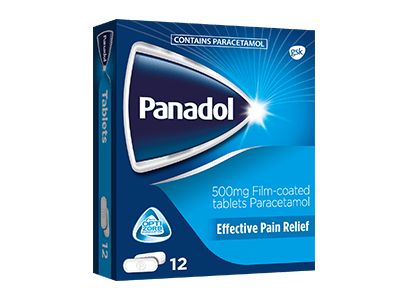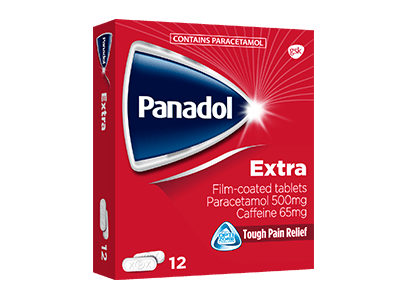

Panadol Tablets

Panadol Compact

Panadol Extra

Panadol Extra Soluble

Panadol Actifast

Panadol Actifast Compack

Panadol Actifast Soluble

Panadol Night
Compare Now (0/5)
- Product
- Format
- Age
- Key Features
- Ingredients


Panadol Tablets
- Tablets
- 6+ years
- Gentle on the Stomach
- 500mg Paracetamol

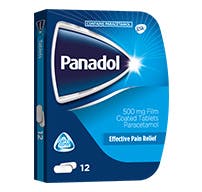
Panadol Compack
- Tablets
- 6+ years
- Gentle on the Stomach
- 500mg Paracetamol

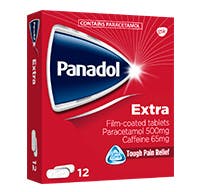
Panadol Extra
- Tablets
- 12+ years
- Fights Tough Pain
- Paracetamol 500mg
- Caffeine 65mg


Panadol Extra Soluble
- Soluble Tablets
- 12+ years
- Fights Tough Pain
- Paracetamol 500mg
- Caffeine 65mg

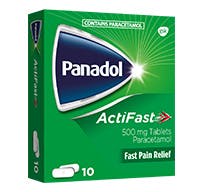
Panadol Actifast
- Tablets
- 12+ years
- Fast Pain Relief
- Paracetamol 500mg

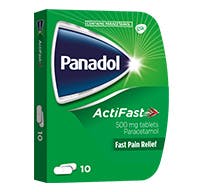
Panadol Actifast Compack
- Tablets
- 12+ years
- Fast Pain Relief
- Paracetamol 500mg

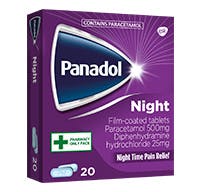
Panadol Night
- Tablets
- 12+ years
- Relieves night time pain
- Paracetamol 500mg
- Diphenhydramine Hydrochloride 25 mg

.png?auto=format)
Panadol Actifast Soluble
- Soluble Tablets
- 10+ years
- Gentle on the Stomach
- 500mg Paracetamol
Minimise

Muscle and Joint
Types of back pain
Back pain is a very common symptom. There are many causes of back pain, including repeated heavy lifting, spending prolonged periods of time at a desk with poor posture or inadequate back support, or more serious conditions like a ruptured disc. When back pain occurs, the pain can be debilitating and cause disruption to daily life.
Upper back pain versus lower back pain
Back pain may originate from either the upper back (the thoracic back – the part of the back where the ribs attach) or the lower back (the lumbar region).
Upper back pain can be felt in the top half of the back and in between the shoulders, with or without neck pain. It can be caused by:
- Damage to ligaments and tendons that have been overstretched. For example, during a vehicle accident, or during a workout
- Stress and emotional tension that make muscles tighten and contract
- Poor posture that places additional stress on the spine and overloads the surrounding muscles and ligaments.
In contrast, lower back pain is felt at the base of the back. Lower back pain may occur from:
- Lifting something too heavy
- Overstretching the lower back muscles
- Direct injury or trauma.
These can cause a sprain or strain in the lower back, leading to pain and sometimes muscle spasms. Excessive weight, poor posture, and stress may also contribute to pain in the lower back. For lower back pain relief; try using over-the-counter pain relievers or hot compression packs.
Acute versus chronic back pain
Regardless of the location, back problems can be classified further as either acute or chronic, based on how long the pain lasts. Acute back pain is shortterm pain, typically lasting from a few days to a few weeks. Symptoms range from shooting or stabbing pain to mild muscle aches, limited flexibility and range of motion, and inability to stand up straight.
If back pain lasts for three months or more, it is considered to be ‘chronic’. With some underlying conditions, chronic back pain can be progressive, meaning it gets worse over time. The cause of chronic pain may be difficult to determine without specialist referral and appropriate investigations.













